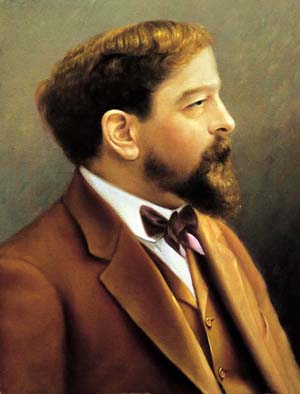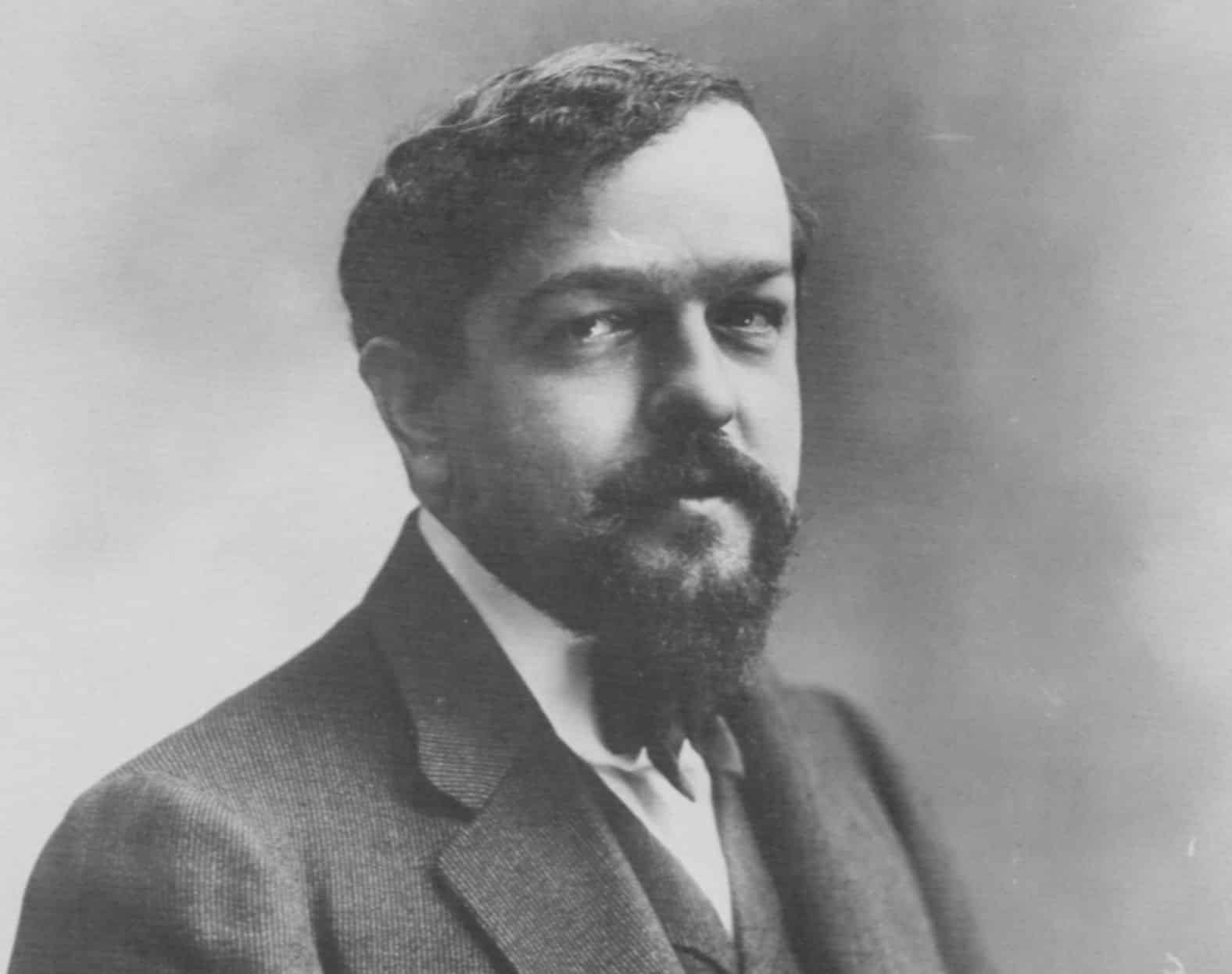Claude Debussy, one of the most prominent composers of the Impressionist movement, is known for his unique musical style that evokes vivid imagery and emotional depth. One of his works that showcases his ability to paint musical landscapes is the Petite Suite, a composition that, though often overlooked in the larger canon of his music, holds a special place in his early career. Let’s explore the history and background of this fascinating work.
The Birth of the Petite Suite
The Petite Suite was composed by Debussy in 1889, during a time when the composer was still finding his voice in the world of music. At this stage, Debussy was influenced by the romanticism of composers like Wagner, yet he was beginning to carve out his own path, which would later define his Impressionist style.
Originally written for piano duet (four hands), Petite Suite is a charming and light-hearted piece that contrasts with the more intense and ethereal works Debussy would later create. While not as revolutionary as Prélude à l’après-midi d’un faune or Clair de Lune, Petite Suite displays many of the melodic and harmonic features that would later become the hallmark of his later works.
The Musical Structure
The Petite Suite is divided into four movements, each of which offers a distinct character and mood:
- En bateau (By Boat): The opening movement evokes the serene movement of a boat on the water. It is gentle and flowing, with rolling harmonies and a rhythmic pattern that mimics the sensation of drifting across calm seas. The delicate texture of this movement demonstrates Debussy’s early interest in impressionistic ideas, although the work still leans toward late-Romantic sensibilities.
- Cortège (Procession): The second movement is more processional in nature, with a steady, measured rhythm that suggests the movement of a parade or procession. The piece shifts in mood, incorporating both grandeur and moments of intimacy. Its rich texture and harmonic depth hint at the musical innovations Debussy would later develop fully in his more famous orchestral works.
- Menuet: A lively and elegant third movement, the Menuet is a nod to the Baroque era, particularly to the French court dances of the 18th century. However, true to Debussy’s style, the movement is light and airy, with subtle harmonic changes and delicate phrasing that give it a sense of freshness and modernity.
- Ballet: The final movement is spirited and rhythmic, giving the impression of a lively ballet performance. The energetic theme is punctuated by dynamic changes in both rhythm and tempo. It’s an exuberant conclusion to the suite, showcasing Debussy’s skill in managing both complex textures and colorful orchestration.
The Arrangements and Popularity
Although originally written for piano duet, Petite Suite was later arranged for orchestra by Debussy himself in 1907. This orchestral version reveals the full potential of the piece, giving it a richer, more nuanced sound. The Petite Suite in its orchestral form is often performed in concert halls and continues to be a popular choice in the repertoire, demonstrating Debussy’s early experimentation with orchestral color and texture.
Despite its relatively light character compared to his later works, Petite Suite is still an important milestone in Debussy’s musical development. It showcases his fascination with form, melody, and color, and foreshadows the innovative approaches he would adopt in his subsequent masterpieces.
A Glimpse of Debussy’s Early Style
Petite Suite reveals a composer still navigating his way toward his mature style, one that would revolutionize music in the 20th century. The work reflects a synthesis of influences from Romanticism and the early days of Impressionism, all while laying the groundwork for the more experimental pieces that would follow. It is full of charm, elegance, and color, qualities that would define Debussy’s music for years to come.
Conclusion
Although Petite Suite may not be as famous as some of Claude Debussy’s other works, it provides essential insight into his musical journey and the development of his style. The piece is a delightful example of his evolving approach to harmony, rhythm, and texture, serving as a bridge between the romantic traditions of the 19th century and the innovative ideas that would later shape modern music. Today, Petite Suite remains a cherished work in both its piano and orchestral forms, demonstrating Debussy’s early mastery of creating evocative, colorful music that still captivates audiences around the world.


Comments are closed